Kyoto is the capital city of Kyoto Prefecture, located in the Kansai Region on the island of Honshu. It previously served as Japan’s imperial capital from 794 to 1868. The seventh-largest city in Japan in terms of population (around 1.5 million), Kyoto remains the country’s cultural heart, boasting of more than a thousand shrines and temples as well as thriving historical neighbourhoods. Despite its deeply rooted traditionalism, Kyoto is a major hub for information technology and higher learning. Here are the top things you need to know before you travel to Kyoto
What Is Kyoto Famous For?
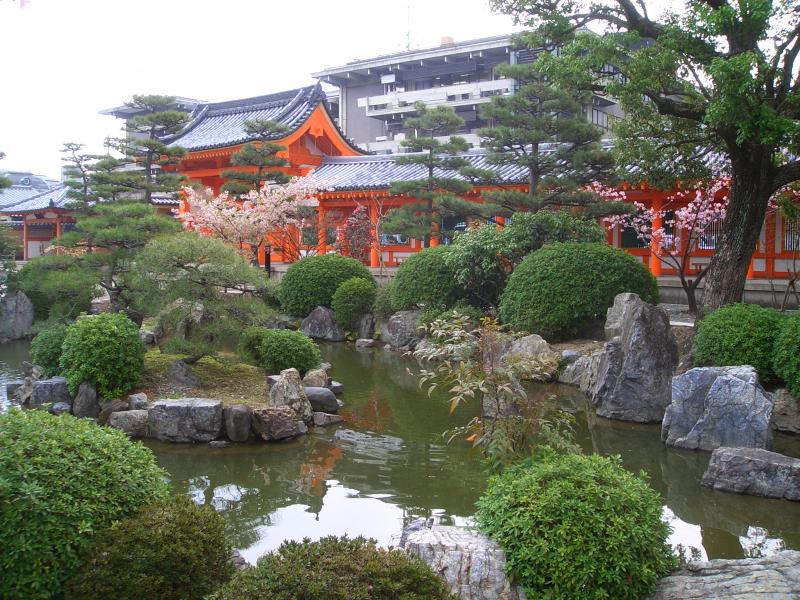
- Temples and shrines. There are, in fact, a thousand temples and 400 shrines within and around Kyoto.
- Tofu. Kyoto has made an art form out of creating and dining on tofu. Yudofu, or tofu boiled in flavored broth, is a speciality.
- Traditional crafts. The best Japanese handicrafts are made and sold in Kyoto.
- Jidaigeki. Jidaigeki is action films featuring samurai. Many of these films are shot in studios at Toei Uzumasa Eigamura; the studios also double as a theme park.
- Geisha. Geishas are called geiko or women of art in Kyoto, trained in the traditional arts of dancing, playing musical instruments, singing, and other performance arts.
Kyoto weather: Kyoto enjoys a subtropical climate with four distinct seasons. Spring and autumn are cool and pleasant, while summers are hot and humid. Kyoto’s summer has a period of occasional rain from June to July. Typhoons visit the city from September to October. Winters are mild with the occasional snowfall.
Kyoto time zone: Kyoto follows the Japan Standard Time, which is in UTC/GMT+9.
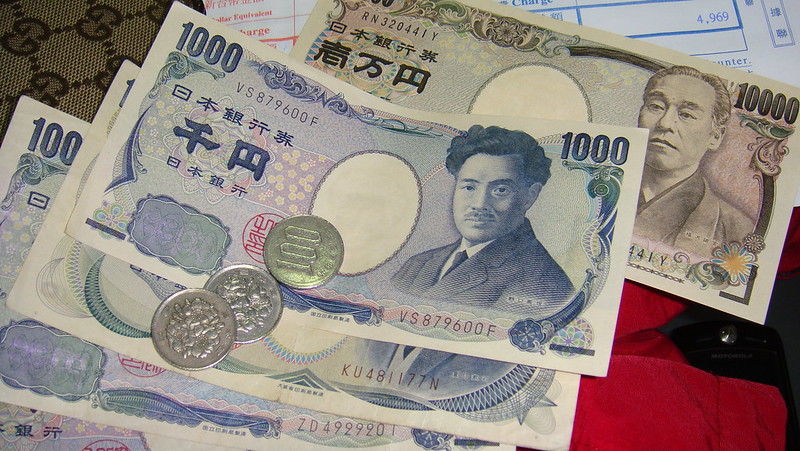
Currency: Kyoto uses Japanese yen. Coins are available in 1, 5, 10, 50, and 100 denominations. Denominations of banknotes, on the other hand, are available at 1000, 2000, 5000, and 10000.
Kyoto Airports
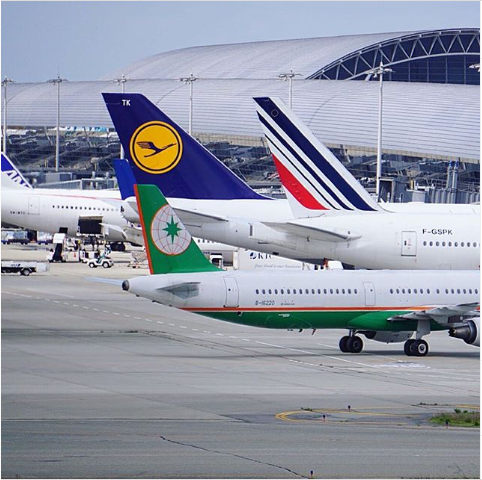
Kyoto is serviced by two airports: Osaka International Airport (ITM) and Kansai International Airport (KIX). Most tourists from overseas enter Kyoto via KIX. Buses and railways connect both airports to Kyoto. From ITM, you can be in Kyoto in less than an hour; the trip from KIX to Kyoto is longer in an hour and 15 minutes.
Transportation in Kyoto
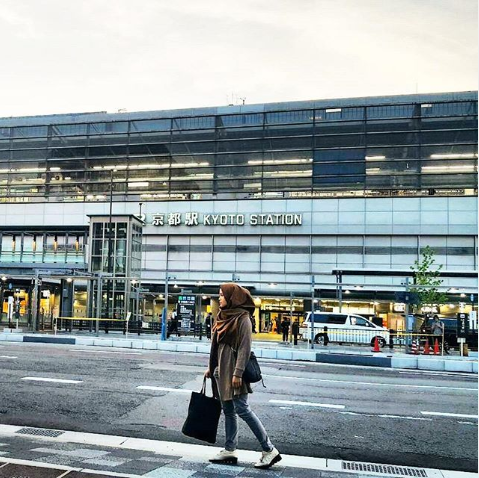
Kyoto’s transportation system counts among the most extensive in Japan, with six train lines, a city bus, and two subway lines. Their terminals are all found at Kyoto Station, the city’s main transportation hub and the second-largest station building in Japan. You can also take the taxi from point to point in the city, although riding a bicycle is also a good way to get around.
Kyoto Emergency Contacts
If you need help while travelling in Kyoto, you can dial 119 for non-criminal emergencies such as fire or medical help. The 119 hotline is available in five languages: English, Korean, Chinese, Spanish, and Portuguese. If you need to call the police, the police hotline is 110. You can also visit any nearby koban or a manned police box.
Apart from everything mentioned above, other top things you need to know before you travel to Kyoto are when is the best time to visit Kyoto.

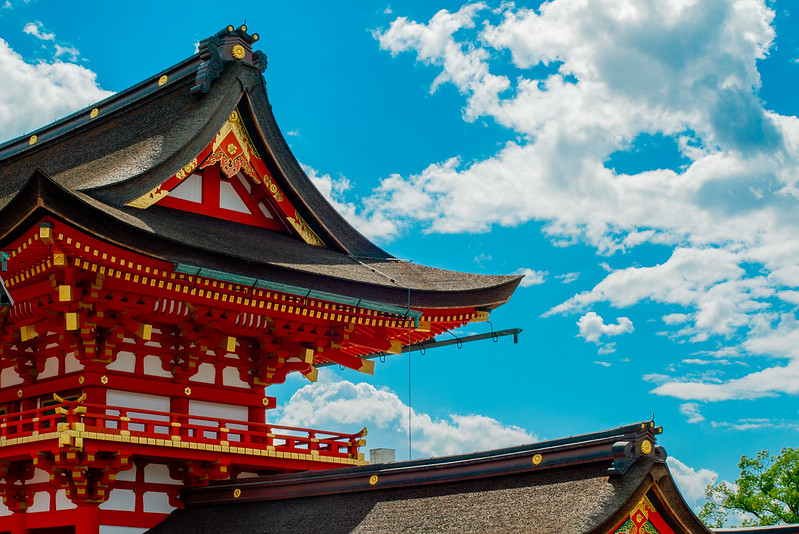
Leave a reply